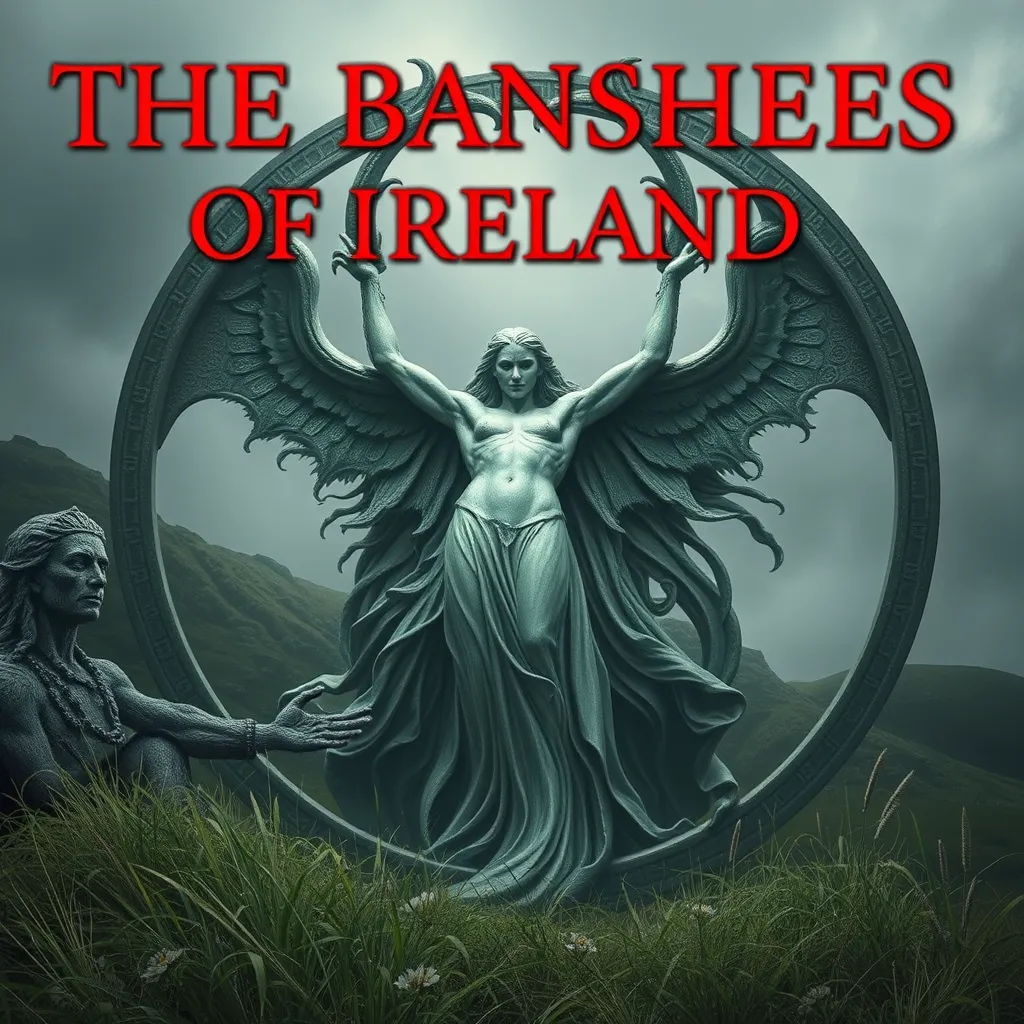The Phoenix in the Bible: The Bird of Paradise and the Promise of Resurrection
The Phoenix in Mythology
The Phoenix, a mythical bird known for its fiery rebirth, has captured the imagination of people for centuries. Its origins can be traced back to ancient Egypt, where it was associated with the sun god Ra and symbolized the cyclical nature of life, death, and resurrection. The Egyptians believed that the Phoenix, after a long lifespan, would self-immolate in a blaze of fire, only to rise again from its ashes, renewed and rejuvenated. This cycle of death and rebirth represented the eternal cycle of the sun, its daily disappearance and reappearance in the sky.
In Greek mythology, the Phoenix was also a symbol of immortality and renewal. The Greek poet Ovid, in his epic poem “Metamorphoses,” describes the Phoenix as a magnificent bird with golden feathers, living for 500 years before setting itself ablaze and rising again from the ashes. The Phoenix’s story became a metaphor for the cycle of life and death, suggesting that even in the face of destruction, there is always the possibility of renewal and rebirth.
The Phoenix’s symbolism resonated deeply with ancient cultures, becoming a powerful symbol of hope, resilience, and the enduring nature of life. It represented the idea that even in the face of death, there is always the potential for something new and beautiful to emerge.
The Phoenix in the Bible
While the Phoenix, as a mythical creature, is not explicitly mentioned in the Bible, the concept of resurrection and renewal is a central theme throughout Scripture. This is particularly evident in the story of Jesus Christ, whose death and resurrection are central to Christian faith.
The Bible is filled with stories and teachings about God’s power to restore and renew. From the creation narrative in Genesis, where God brings order out of chaos, to the story of Jonah, who is swallowed by a great fish and later spit out alive, to the numerous accounts of healing and miracles performed by Jesus, the Bible highlights the transformative power of God.
It is important to acknowledge that the Bible, while expressing deep symbolic meaning, is not a collection of myths or legends. It is a book of faith and revelation, grounded in historical events, spiritual experiences, and theological insights. Therefore, while the Phoenix’s story may resonate with the themes of resurrection and renewal found in the Bible, it is not a biblical creature.
The Bird of Paradise and the Phoenix Connection
The Bird of Paradise, a vibrant and exotic bird native to New Guinea, is often mistaken for the mythological Phoenix. This confusion might stem from the bird’s stunning plumage, its captivating courtship rituals, and the awe it inspired in early explorers.
The brilliant colors and intricate patterns of the Bird of Paradise’s feathers, coupled with its unique dance-like mating displays, might have led people to associate it with the Phoenix’s legendary beauty and regenerative abilities.
Ancient travelers and writers, encountering the Bird of Paradise for the first time, could have easily imagined a connection to the Phoenix, especially since the bird’s habitat was shrouded in mystery and exoticism.
However, there is no definitive evidence to link the Bird of Paradise directly to the mythical Phoenix. While the bird’s beauty and exotic nature inspired awe, it lacks the Phoenix’s characteristic fiery rebirth.
Resurrection Themes in the Bible
The concept of resurrection, a central theme in the Bible, is closely intertwined with the idea of renewal and rebirth. This theme is most powerfully embodied in the life, death, and resurrection of Jesus Christ. The resurrection of Jesus is a pivotal event in Christian faith, signifying the victory over death and the promise of eternal life.
The Bible presents the resurrection of Jesus as a historical event, supported by eyewitness accounts and theological arguments. It is not merely a metaphor or a symbolic act; it is a real and transformative event that forever changed the course of history.
The resurrection of Jesus is symbolic of God’s power to renew and restore. It signifies the triumph of life over death, hope over despair, and love over hate. Through Jesus’s resurrection, Christians believe that all those who put their faith in him will also experience resurrection and eternal life.
The Phoenix as a Symbol of Christ’s Resurrection
While the Phoenix is not mentioned in the Bible, its imagery of death and rebirth can be seen as a parallel to the story of Jesus Christ. The cyclical nature of the Phoenix’s life, its self-immolation in fire and subsequent rebirth, can be interpreted as a symbolic representation of Jesus’s death and resurrection.
Just as the Phoenix rises from the ashes, Jesus rose from the tomb, conquering death and offering hope for eternal life. The Phoenix’s story, though a myth, can serve as a powerful metaphor for understanding the transformative power of Jesus’s resurrection.
It is important to remember that the Phoenix’s story is a myth, while Jesus’s resurrection is a core belief in Christianity. However, the Phoenix’s symbolism can offer a powerful lens through which to understand and appreciate the significance of Jesus’s resurrection within a broader context of renewal and rebirth.
The Phoenix as a Symbol of Hope
The Phoenix’s tale of fiery rebirth offers a powerful message of hope and renewal. Its story reminds us that even in the face of destruction and loss, there is always the potential for something new and beautiful to emerge. The Phoenix’s fiery transformation symbolizes the ability to overcome challenges, emerge stronger, and find new beginnings. This cycle of death and rebirth can inspire people to embrace change, find strength in adversity, and believe in the possibility of a brighter future.
The Phoenix’s journey is a powerful metaphor for overcoming adversity and finding hope in the face of challenges. Just as the Phoenix rises from ashes, we can find strength to rise above difficult situations and embrace the potential for new beginnings. This myth offers a comforting reminder that even in the darkest hour, there is always a glimmer of hope for renewal and transformation.
Theological Interpretations of the Phoenix
While the Phoenix is not a biblical creature, its symbolism has drawn the attention of theologians and religious scholars. Some see the Phoenix’s fiery rebirth as a representation of the power of God to bring life out of death. This interpretation aligns with the central themes of resurrection and renewal found in the Bible, especially Jesus Christ’s resurrection as a promise of eternal life.
Others interpret the Phoenix as a symbol of the human spirit’s ability to overcome hardship and emerge with renewed purpose and strength. This perspective aligns with the Bible’s message of resilience, perseverance, and faith in God’s power to renew and restore.
Theological interpretations of the Phoenix often seek to connect its symbolism with the themes of faith, hope, and the transformative power of God. These interpretations offer a deeper understanding of the Phoenix’s enduring appeal as a symbol of resilience and renewal.
The Phoenix as a Symbol of Transformation and Renewal
The Phoenix, with its cyclical journey of death and rebirth, holds immense power as a symbol of transformation and renewal. Its fiery rebirth speaks to the potential for change, growth, and the ability to start anew. This makes the Phoenix a powerful symbol for those seeking strength and hope in the face of life’s challenges.
The Phoenix’s story reminds us that even when we feel lost and broken, there is always the possibility of change and growth. We can learn from the Phoenix’s journey and find strength in the idea that even from ashes, something new and beautiful can emerge.
The Phoenix in Modern Culture
The Phoenix’s enduring appeal as a symbol of rebirth and renewal continues to resonate with modern cultures. It is found in art, literature, film, and even popular culture, often representing themes of hope, perseverance, and the promise of a new beginning.
The Phoenix’s image is often used to represent resilience, transformation, and the ability to rise above adversity. Its story continues to inspire hope and remind us that even in the face of challenges, there is always the potential for renewal and growth.
FAQ
Is the Phoenix in the Bible?
No, the Phoenix, as a mythological creature, is not explicitly mentioned in the Bible. However, its symbolism of rebirth and renewal resonates with the biblical themes of resurrection and God’s power to restore.
What is the Bird of Paradise’s connection to the Phoenix?
The Bird of Paradise, known for its beautiful plumage, might have been mistaken for the Phoenix by early travelers due to its exotic nature and dazzling appearance. However, there’s no concrete connection between the two.
What is the significance of the Phoenix in Christian theology?
Some Christian theologians see the Phoenix as a symbol of Christ’s resurrection, representing the power of God to bring life out of death. Others view it as a metaphor for the human spirit’s ability to overcome challenges and find renewal.
What is the Phoenix’s significance in modern culture?
The Phoenix continues to be a popular symbol in modern art, literature, film, and popular culture, often representing themes of hope, resilience, and the promise of a new beginning.
What are some examples of the Phoenix’s use in modern culture?
The Phoenix appears in various popular works such as the Harry Potter series (Phoenix Order), the X-Men comics (Jean Grey’s Phoenix Force), and numerous fantasy novels and films.



